time to find out - hid vs led
wordwiz
13 years ago
Related Stories
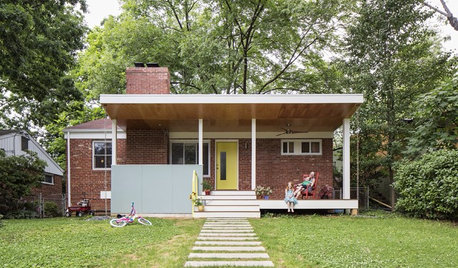
FEEL-GOOD HOMEWhat Really Makes Us Happy at Home? Find Out From a New Houzz Survey
Great design has a powerful impact on our happiness in our homes. So do good cooking smells, family conversations and, yes, big-screen TVs
Full Story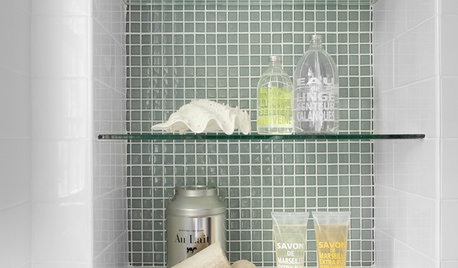
BATHROOM DESIGNRecess Time: Boost Your Bathroom Storage With a Niche
Carve out space behind the drywall to add shelves or cabinets, giving you more room for bathroom essentials and extras
Full Story
LIGHTINGWhat to Know About Switching to LED Lightbulbs
If you’ve been thinking about changing over to LEDs but aren't sure how to do it and which to buy, this story is for you
Full Story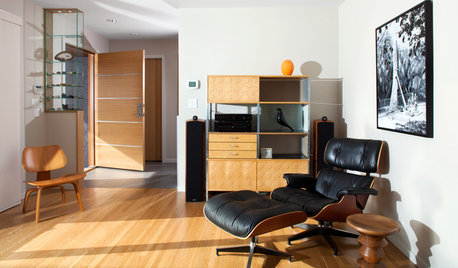
DECORATING STYLESFinding the 'Wabi-Sabi' in Midcentury Modern Design
Part 2 of our wabi-sabi series: in which Knoll, the Eameses and more celebrate streamlined forms around the home
Full Story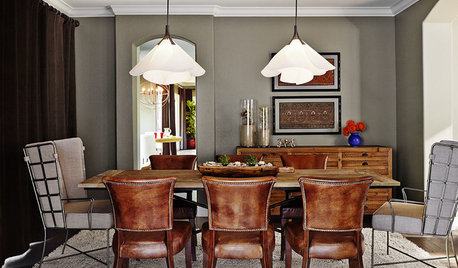
TRANSITIONAL HOMESHouzz Tour: New Homeowners Find Their Style
Homework assignments help reveal a couple’s tastes and lead to a home filled with textures and organic tones
Full Story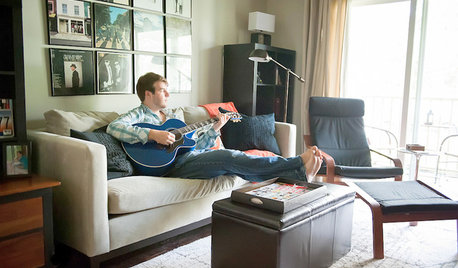
ARCHITECTURECity View: Nashville Design Finds Its Rhythm
Styles are evolving from pure traditional in this world-famous Southern city, but history and culture remain points of pride
Full Story
LIGHTINGThe Lowdown on High-Efficiency LED Lighting
Learn about LED tapes, ropes, pucks and more to create a flexible and energy-efficient lighting design that looks great
Full Story
PRODUCT PICKSGuest Picks: Fun Dia de los Muertos Finds
Animate your home with the bright colors and bold patterns of these Day of the Dead accessories
Full Story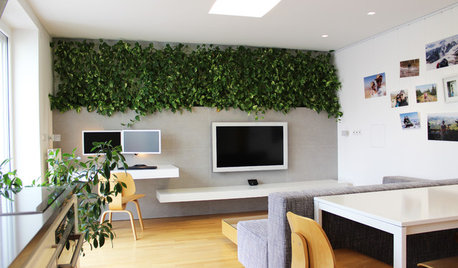
HOUZZ TOURSMy Houzz: LEDs and a Living Wall Color a Minimalist Slovakian Home
Thanks to a modern overhaul, this small Central European apartment is now a testament to efficiency and thoughtful design
Full Story
KITCHEN DESIGNHow to Find the Right Range for Your Kitchen
Range style is mostly a matter of personal taste. This full course of possibilities can help you find the right appliance to match yours
Full StoryMore Discussions






smokemaster_2007
nelson_light
wordwizOriginal Author
nelson_light
wordwizOriginal Author
nelson_light
wordwizOriginal Author
wordwizOriginal Author
nelson_light
wordwizOriginal Author
nelson_light
wordwizOriginal Author
wordwizOriginal Author
nelson_light
wordwizOriginal Author
wordwizOriginal Author
zathras
wordwizOriginal Author
wordwizOriginal Author
farleshadow
wordwizOriginal Author
wordwizOriginal Author
zathras
wordwizOriginal Author
taz6122
wordwizOriginal Author
wordwizOriginal Author
taz6122
wordwizOriginal Author
methodmatters
wordwizOriginal Author
capoman